Mastering Light: Essential Equipment for Visual Storytellers
Illumination forms the backbone of captivating visual narratives. Whether you're a seasoned photographer, an emerging videographer, or a content creator seeking to elevate your production value, understanding and harnessing light remains paramount to creating professional-quality work. The interplay between shadows and highlights can transform ordinary scenes into extraordinary visual feasts, but achieving this artistry requires the right tools.
The Foundation of Visual Excellence
Light manipulation stands as both science and art—a delicate balance of technical knowledge and creative intuition. Professional-grade lighting equipment doesn't merely brighten your subject; it sculpts, defines, and adds dimension to your compositions. With proper illumination, even modest camera setups can produce remarkable results that captivate audiences and convey your intended message with clarity and impact.
Understanding Softboxes: The Versatile Light Modifier
Among the arsenal of lighting equipment available to visual creators, softboxes remain indispensable tools that diffuse harsh light into gentle, flattering illumination. These box-shaped diffusers transform a concentrated light source into a larger, softer light that mimics natural window lighting—creating gradual transitions between highlights and shadows.
Why Softboxes Reign Supreme for Video Projects
For videographers and content creators, softboxes offer unparalleled versatility. Their ability to produce consistent, controlled lighting makes them ideal for interview setups, product demonstrations, and narrative filmmaking. Unlike bare lights that create harsh shadows and specular highlights, softboxes distribute light evenly across your subject, minimizing unflattering shadows while maintaining dimensional lighting that prevents the dreaded "flat" look.
When selecting softboxes for video projects, consider models that offer quick assembly and compatibility with your existing light fixtures. The shape and size of your softbox will dramatically impact the quality of light—larger softboxes create softer light with more gradual transitions, while smaller ones provide more directional control.
Parabolic Softboxes: The Professional's Choice
For those seeking to elevate their lighting game, parabolic softboxes represent the pinnacle of light-shaping tools. Their unique curved design creates a focused yet beautifully diffused light quality that wraps around subjects with exceptional control.
The HRIDZ BM-H90 90cm Bowens Parabolic Softbox stands as an exemplary option for discerning visual creators. This professional-grade modifier features a honeycomb grid that provides precise light direction, preventing unwanted spill while maintaining the soft quality that makes softboxes so desirable.
With its Bowens mount compatibility, this parabolic softbox integrates seamlessly with numerous studio strobes and continuous lights. The 90cm diameter strikes an ideal balance between light softness and manageability, making it suitable for everything from portrait photography to interview lighting setups.
The addition of a honeycomb grid transforms this already versatile tool into a precision instrument, allowing you to shape light with extraordinary control. This feature proves particularly valuable when working in confined spaces where light containment becomes essential.
Building Your Softbox Arsenal
Visual creators benefit from having multiple softbox options available for different shooting scenarios. HRIDZ offers an extensive collection of softboxes and diffusers designed to meet diverse photography and videography needs.
From compact octaboxes perfect for on-location headshots to expansive rectangular softboxes ideal for full-body fashion shoots, having options ensures you're prepared for any creative challenge. Consider your typical shooting environments and subject matter when building your collection—interior work might benefit from larger, softer light sources, while location shooting often requires more portable, wind-resistant options.
Essential Video Lighting Configurations for Content Creators
Content creation has evolved into a sophisticated visual medium that demands thoughtful lighting approaches. Whether producing YouTube tutorials, TikTok content, or professional instructional videos, understanding fundamental lighting principles can dramatically enhance your production value.
The Three-Point Lighting System: Timeless for a Reason
Despite technological advancements, the classic three-point lighting setup remains the foundation of professional video illumination. This arrangement consists of:
- Key Light: Your primary light source, typically positioned at a 45-degree angle from your subject
- Fill Light: A softer secondary light that reduces shadows created by the key light
- Back Light (or Hair Light): Placed behind the subject to create separation from the background
For content creators working in home studios, implementing this system with softboxes creates a polished, professional aesthetic that elevates your visual brand. Softboxes as key lights provide flattering illumination, while smaller softboxes or bounce cards serve admirably as fill lights.
"Light makes photography. Embrace light. Admire it. Love it. But above all, know light. Know it for all you are worth, and you will know the key to photography." — George Eastman
Beyond Softboxes: Complementary Photography Lighting Equipment
While softboxes form a crucial component of any lighting kit, a comprehensive setup incorporates additional tools that expand your creative possibilities.
Light Stands: The Unsung Heroes
Quality light stands provide stability and positioning flexibility that directly impacts your lighting quality. When selecting stands, consider:
Weight capacity—ensure they can safely support your heaviest lighting equipment
Maximum height—particularly important for overhead lighting
Base design—pneumatic cushioning and wide footprints increase stability
Portability—air-cushioned stands with collapsible legs offer convenience for location work
Continuous vs. Strobe Lighting: Choosing Your Illumination Source
The debate between continuous and strobe lighting often perplexes emerging visual creators. Each offers distinct advantages:
| Continuous Lighting | Strobe Lighting |
|---|---|
| What-you-see-is-what-you-get results | Higher power output for overcoming ambient light |
| Essential for video production | Freeze motion with high-speed sync capabilities |
| Easier for beginners to master | Battery efficiency for location work |
| Available in LED with color temperature control | Recycle times affect shooting pace |
For content creators who produce both photos and videos, LED continuous lighting offers tremendous versatility. Modern LED panels provide adjustable color temperature, dimming capabilities, and special effects features that enhance creative possibilities without requiring separate equipment for different mediums.
Portable Solutions for Location Work
Studio perfection often proves impractical for on-location shoots. Fortunately, manufacturers have developed ingenious portable lighting solutions that maintain quality while enhancing mobility.
Battery-Powered Brilliance
Battery-operated LED panels have revolutionized location lighting, eliminating the constraints of power outlets while delivering professional illumination. These compact powerhouses often feature built-in diffusion, adjustable color temperature, and smartphone control—making them indispensable for documentary work, environmental portraits, and lifestyle content creation.
When selecting portable lighting, prioritize units with robust battery life, weather resistance for outdoor work, and mounting options that accommodate improvised positioning. The ability to control intensity precisely becomes particularly valuable when balancing artificial light with ambient conditions.
Practical Tips for Optimizing Your Lighting Investment
Quality lighting equipment represents a significant investment. Maximizing its value requires thoughtful consideration beyond the initial purchase.
Maintenance Matters
Proper care extends equipment lifespan and ensures consistent performance:
- Clean diffusion fabrics regularly with appropriate solutions
- Inspect and tighten all mounting hardware before each use
- Store softboxes disassembled to prevent permanent creasing
- Keep cables properly coiled and secured to prevent damage
- Maintain inventory of spare parts for critical components
FAQs: Illuminating Your Lighting Questions
What size softbox should beginners start with?
For newcomers to lighting, a medium-sized softbox (approximately 24"x36" or 60x90cm) offers an ideal balance of versatility and manageability. This dimension provides sufficient diffusion for portraits and product photography while remaining portable enough for various shooting environments. As your skills evolve, consider adding specialized shapes and sizes to address specific creative challenges.
Can I use photography lighting equipment for video projects?
Many lighting tools serve both photography and videography admirably, particularly continuous light sources like LEDs and fluorescents. When repurposing photography equipment for video, ensure your chosen lights don't flicker (which can affect footage), maintain consistent color temperature throughout recording, and generate minimal operational noise that might compromise audio quality.
How important is color accuracy in lighting equipment?
Color accuracy, measured by the Color Rendering Index (CRI), proves crucial for professional work. Lights with CRI ratings below 90 may render colors inaccurately, creating post-production challenges and inconsistent results. Premium lighting equipment typically offers CRI ratings of 95+ and precise color temperature controls, ensuring your subjects appear natural and consistent across different lighting scenarios.

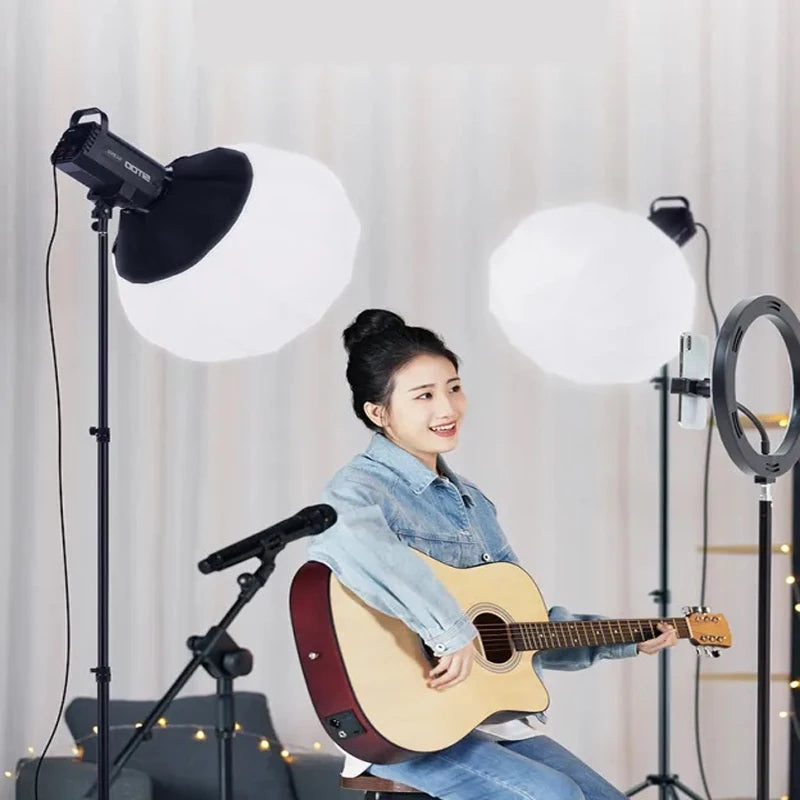
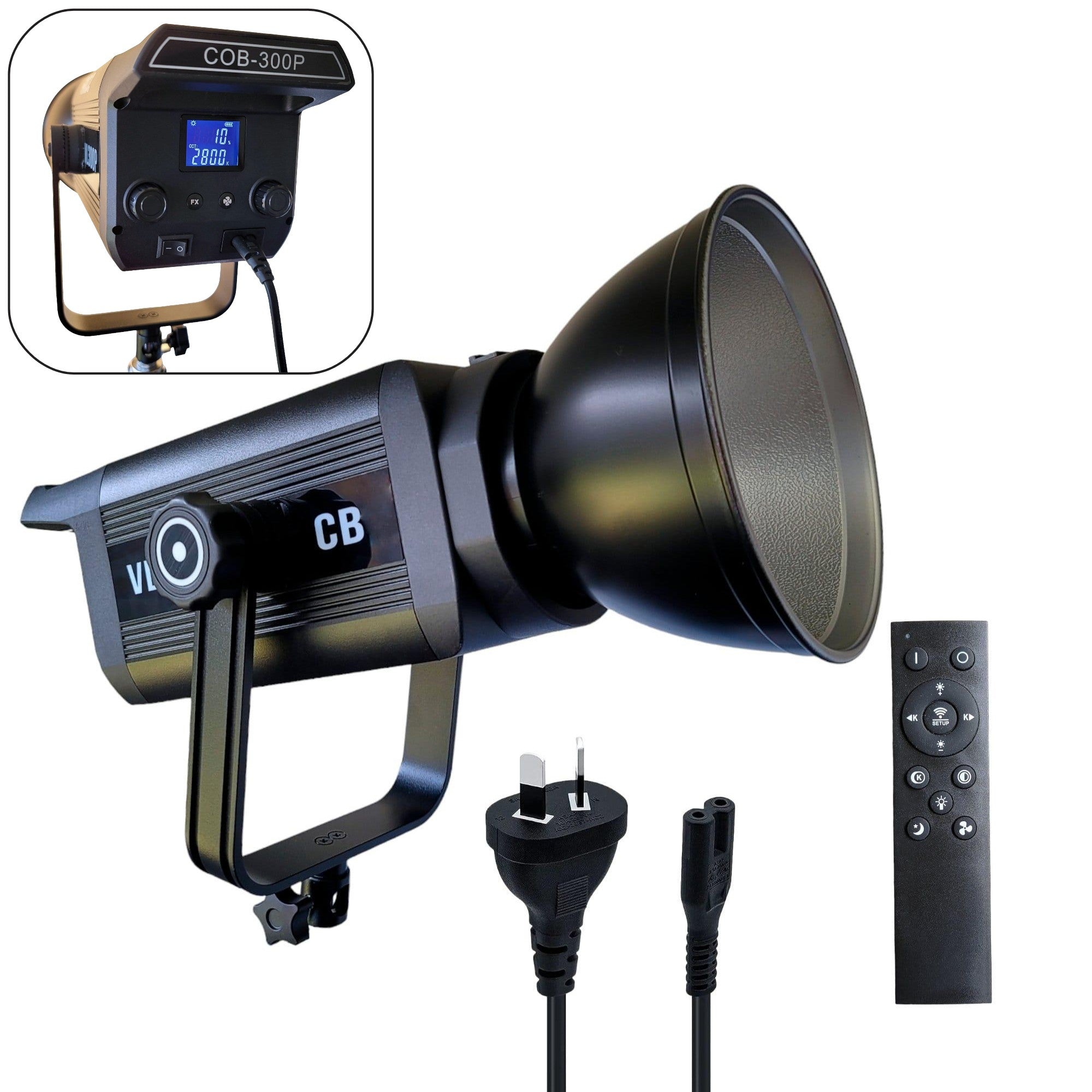
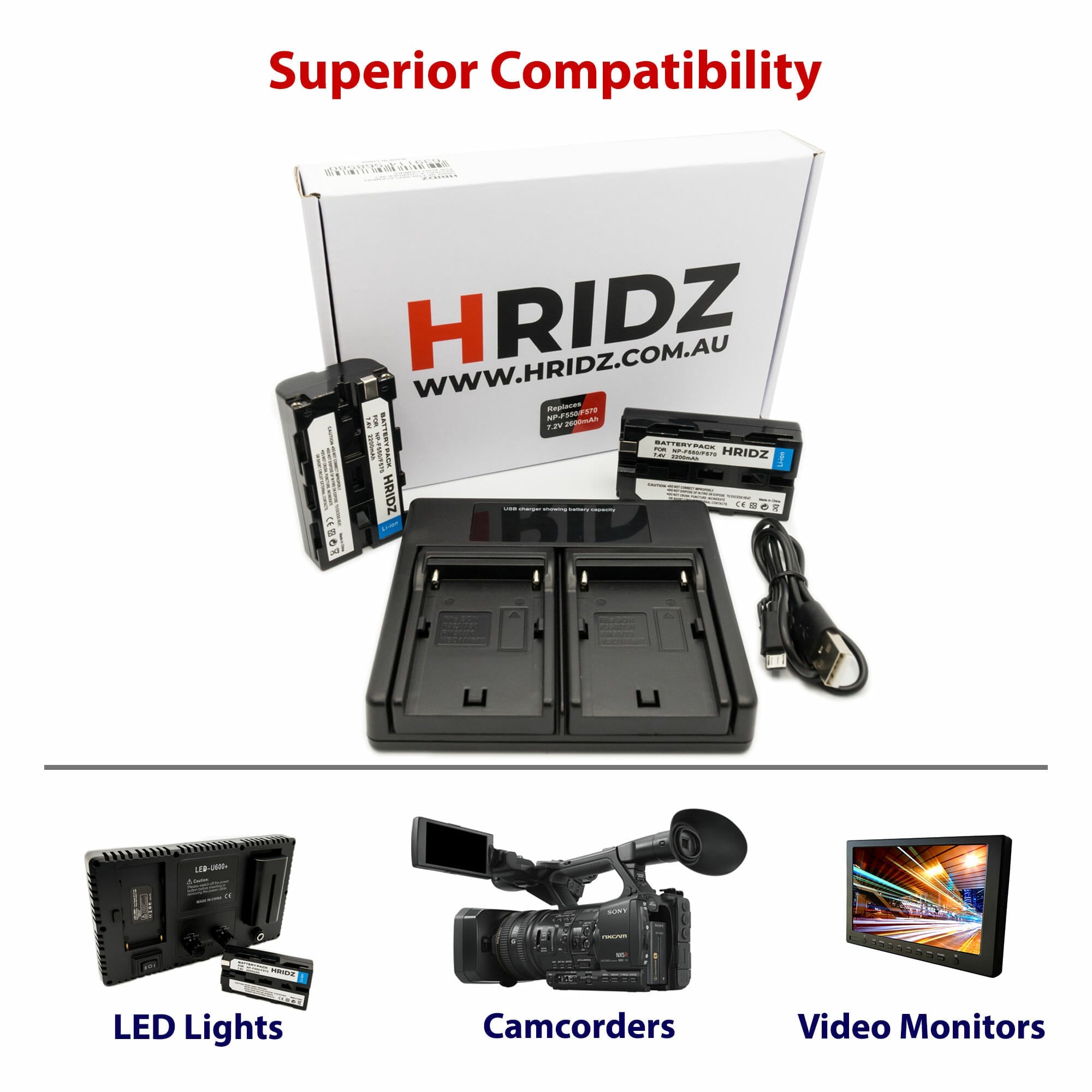

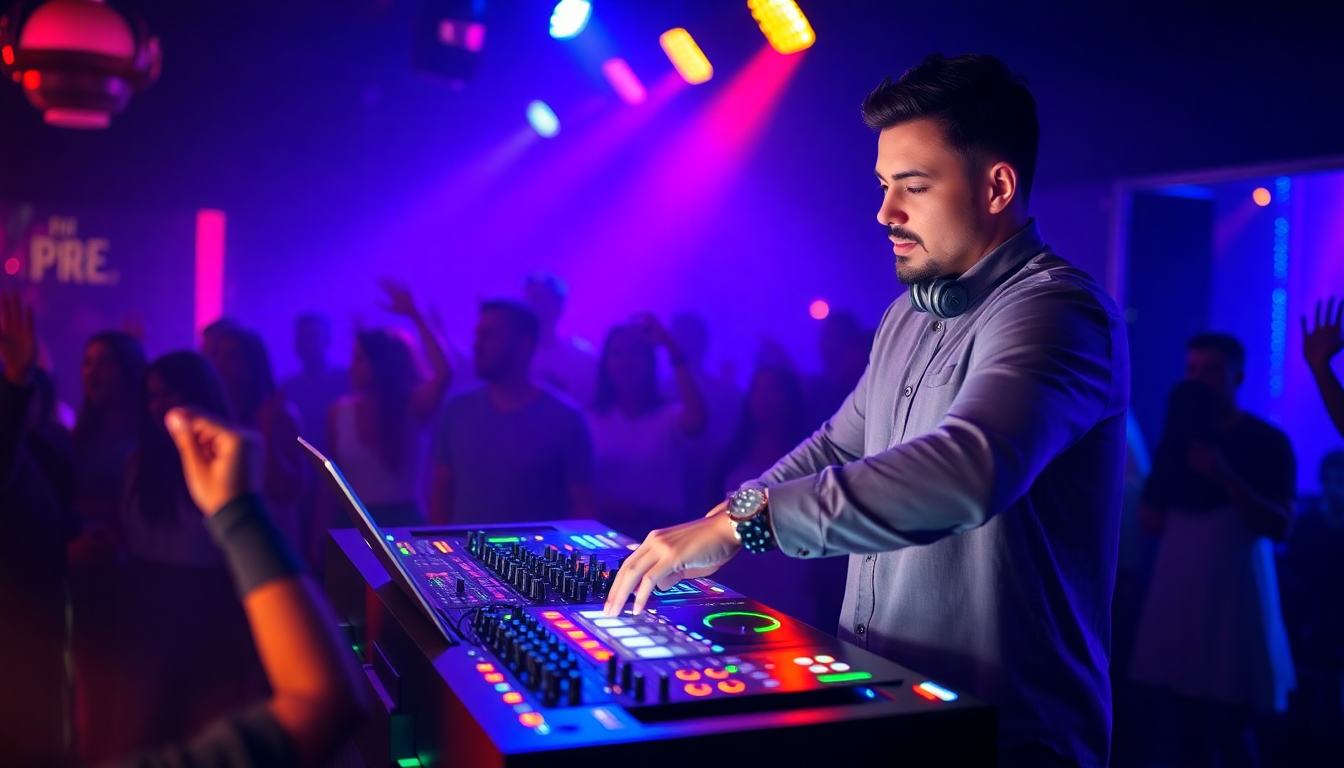
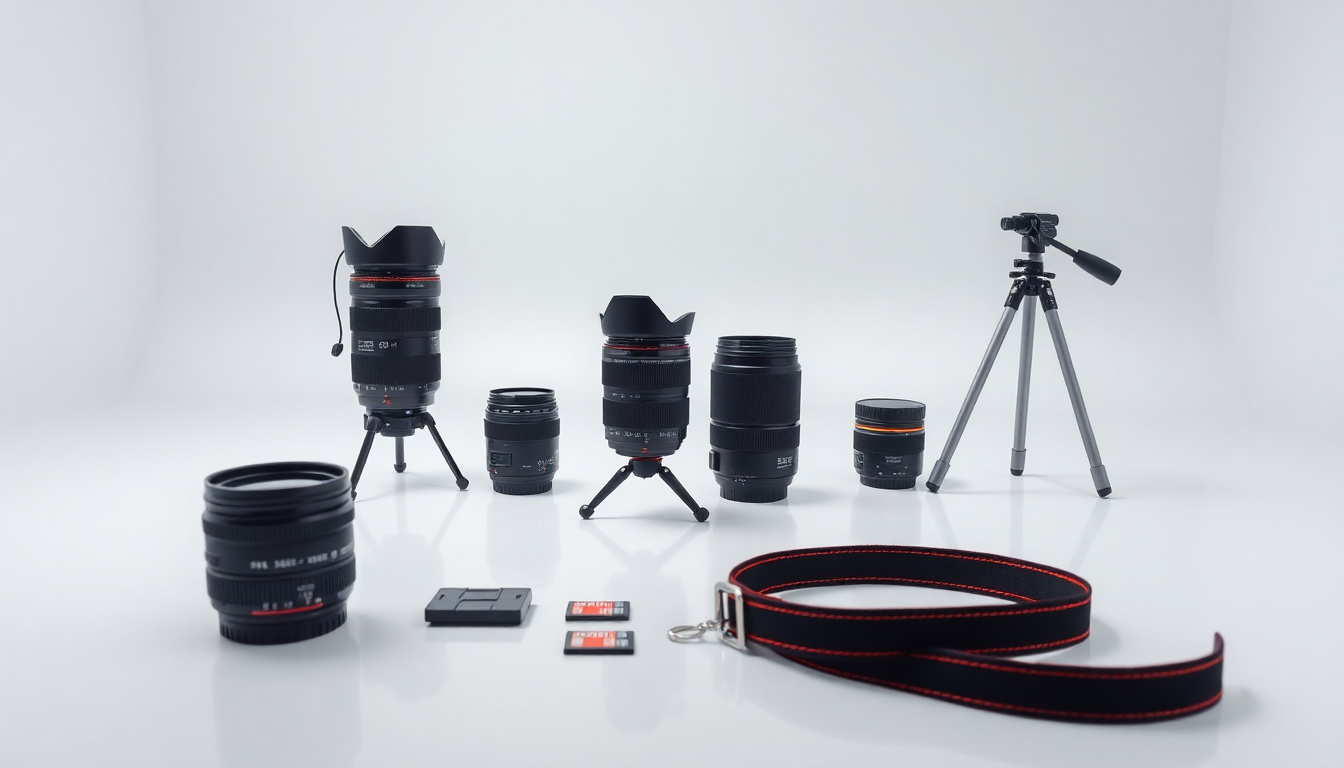
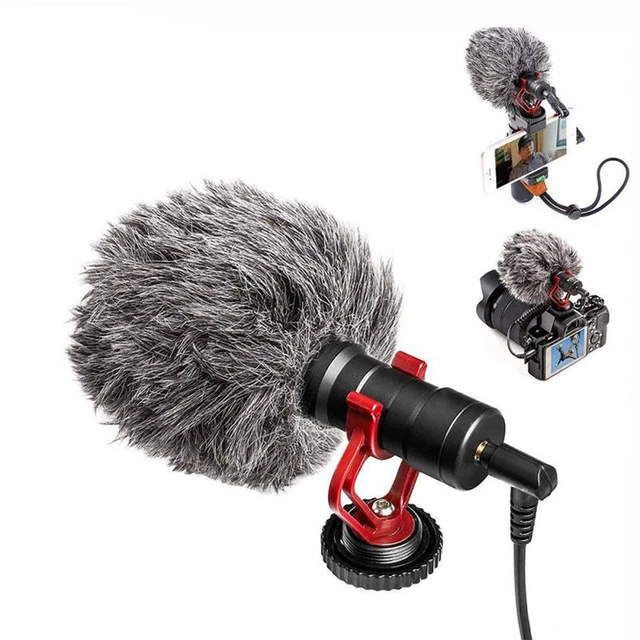
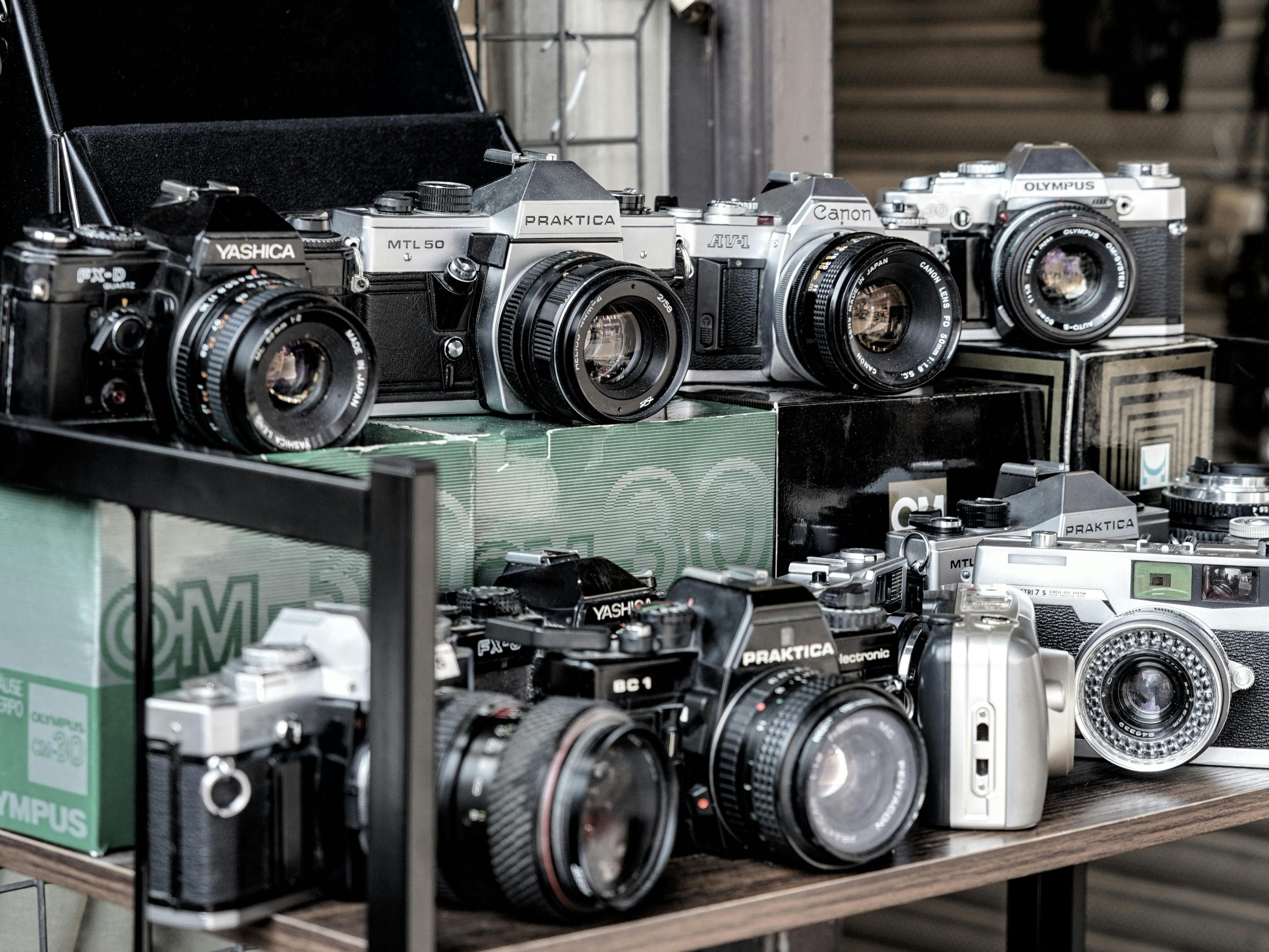
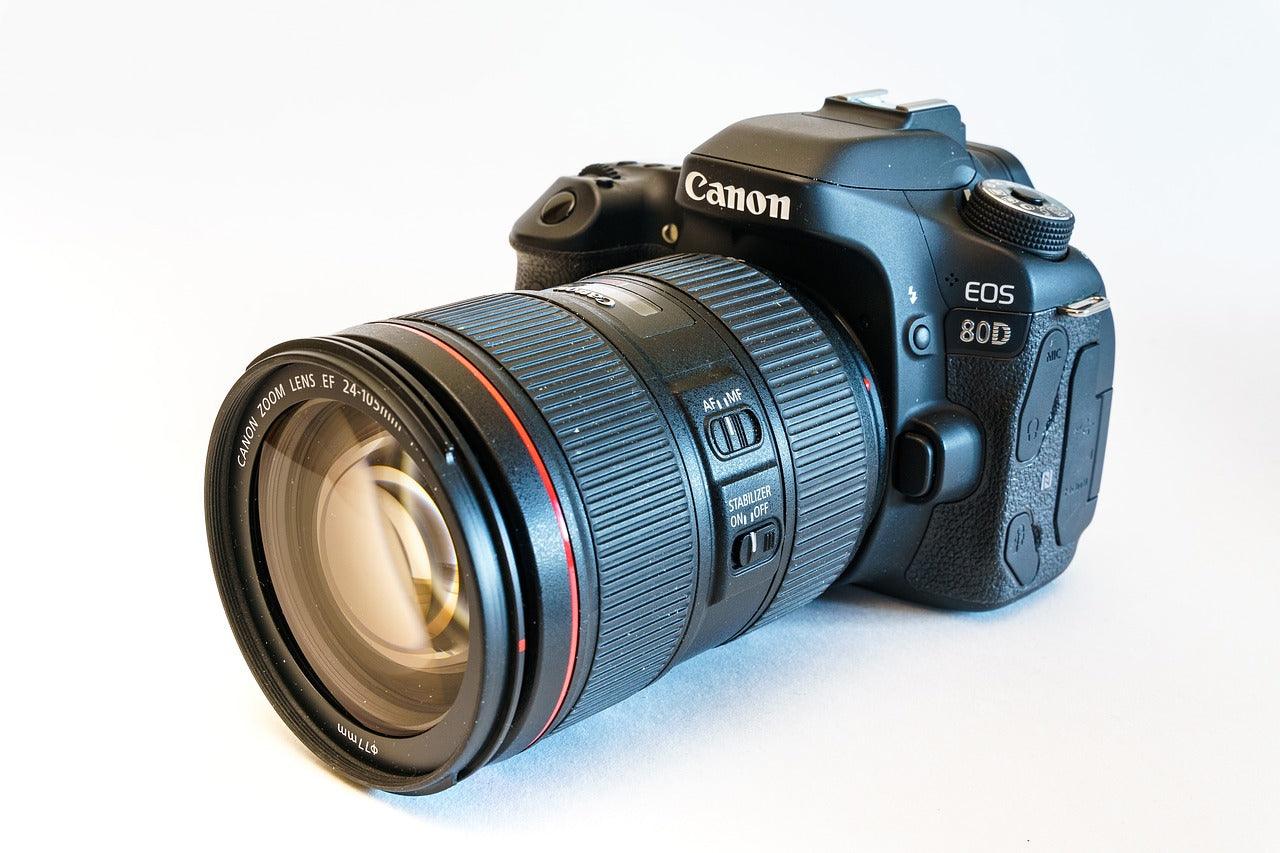
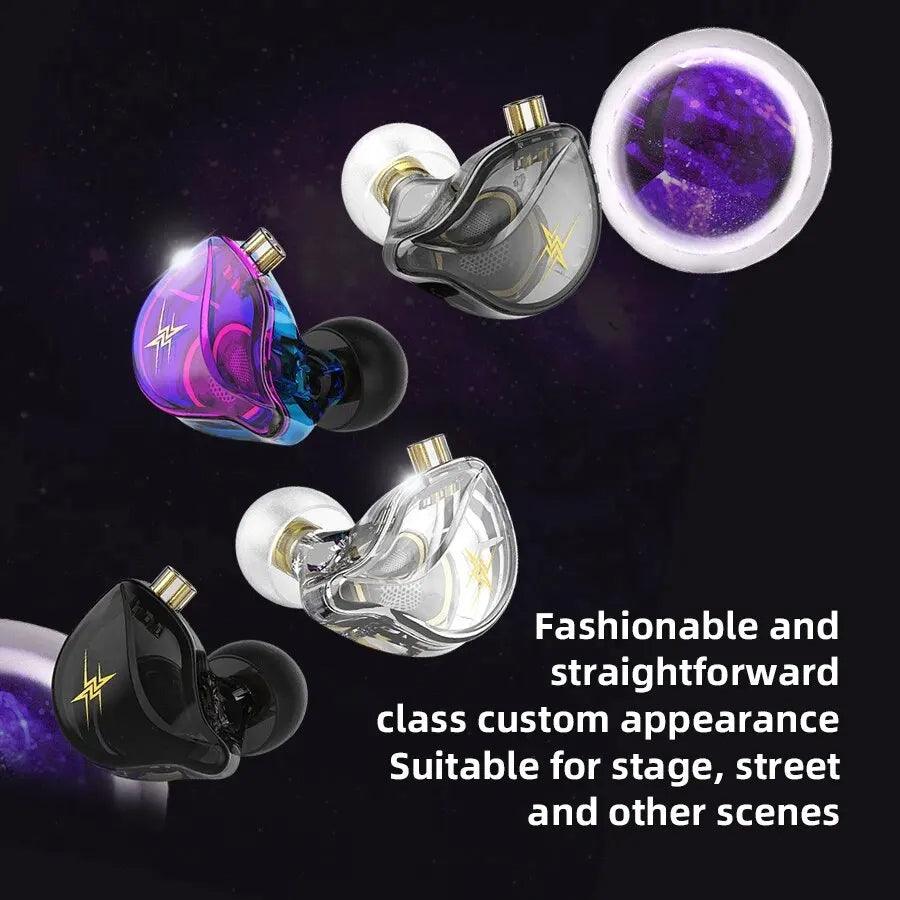
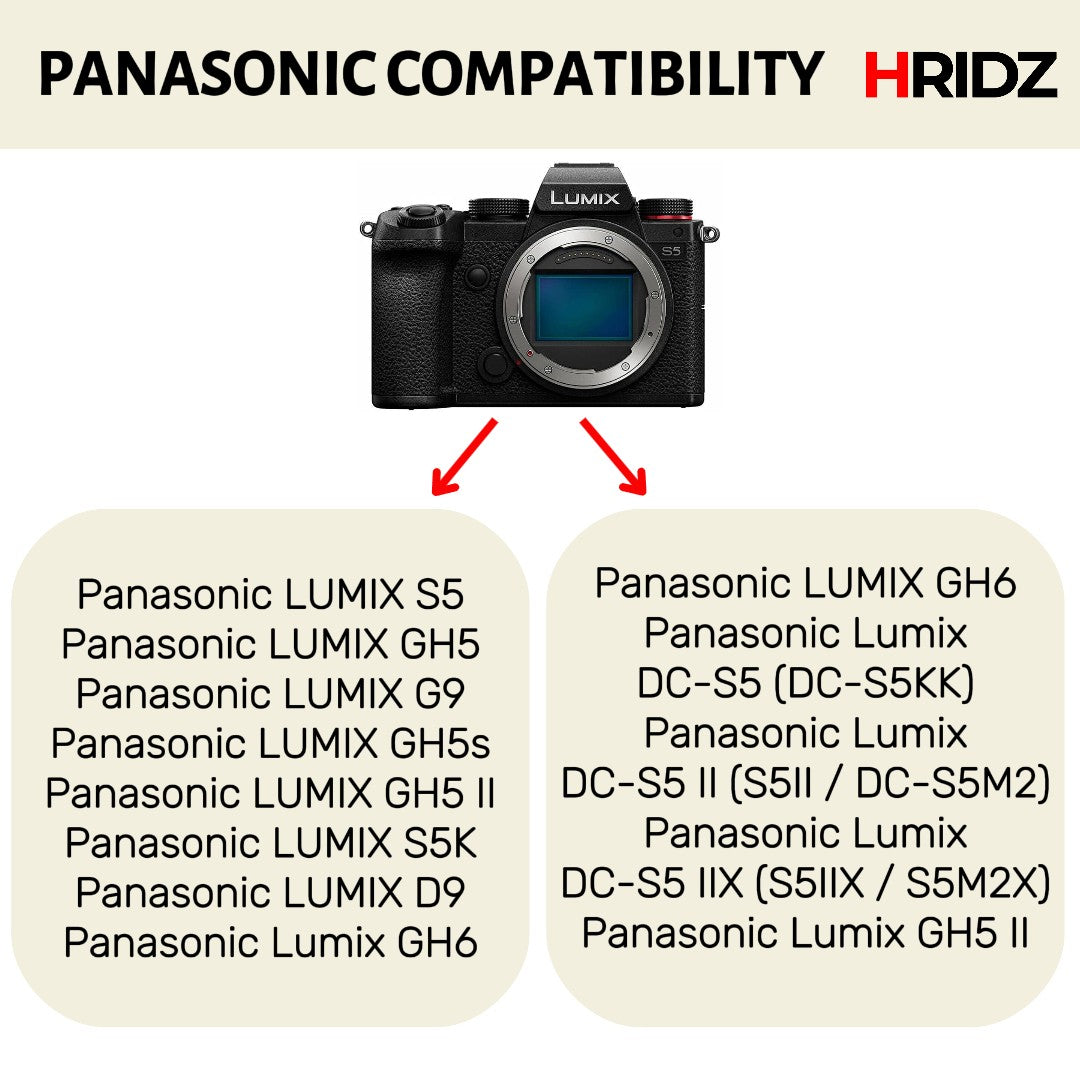
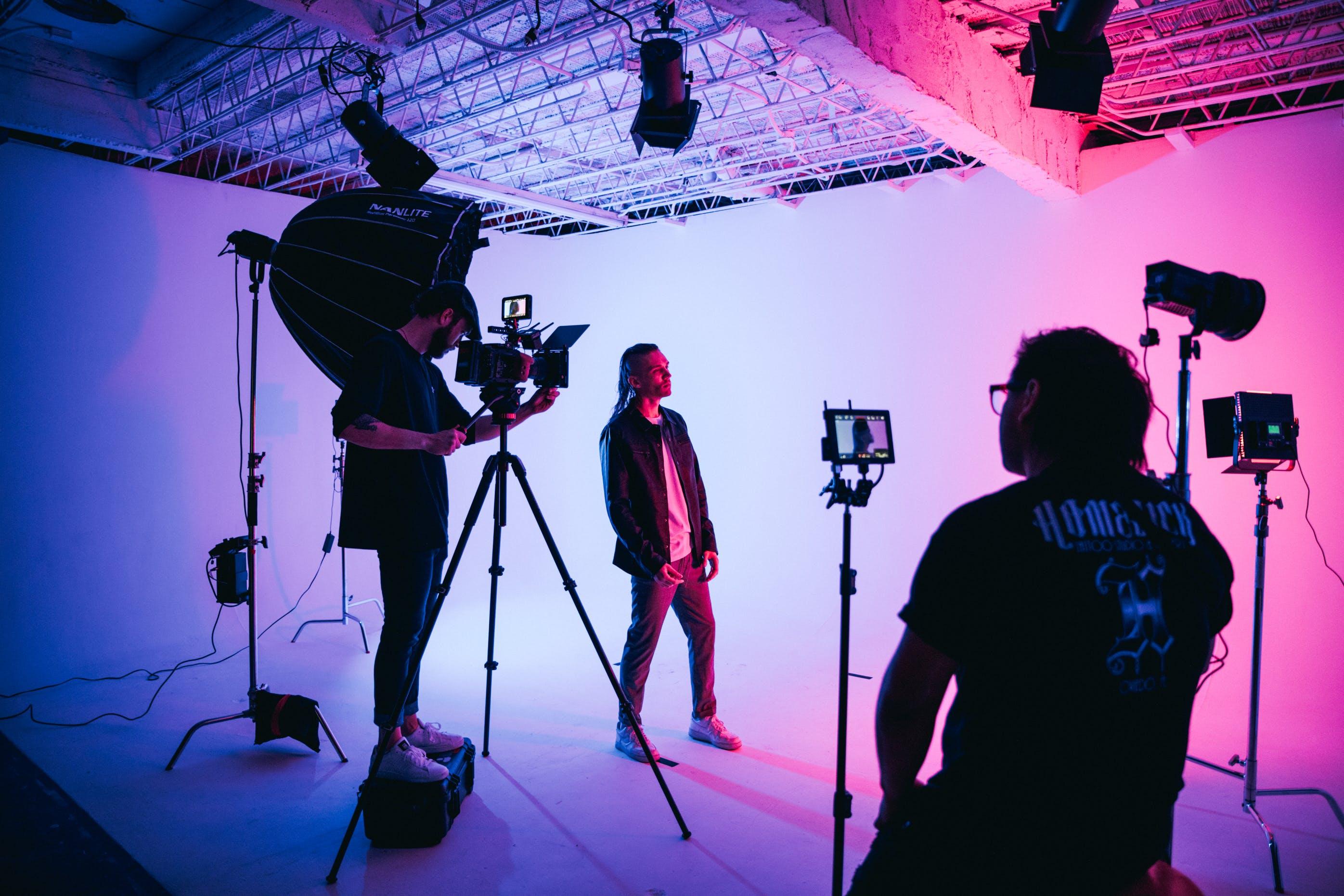
Share:
COB vs SMD Video Lights: What’s the Difference and Which One Should You Choose?